BaMidbar
This week’s parashat Bamidbar, is the first portion of the fourth Chumash, the Book of BaMidbar (Numbers). Parashat BaMidbar is read before the festival of Shavuot, a preparation for the holiday of Shavuot, which commemorates the receiving of the Torah by the Jewish people. Shavuot might be considered as the most important holiday in the Jewish calendar, as without the Torah we wouldn’t have had any holidays or Mitzvot.
“שאו את ראש כל עדת בני ישראל”
“Take a census of the entire assembly of the Children of Israel.” (1:2)
Bamidbar is known as “Sefer Hapekudim”, “The Book of Numbers” because in it, a census of the Jewish people is taken twice. If not for the sin of the spies, the Jewish people would have entered Eretz Israel just twenty days after the census. Their entry would have involved fighting the inhabitants and conquering the land. Consequently, it was necessary to take count of “everyone who goes out to war,” to determine how many Jews were eligible to join the army. (Ramban)
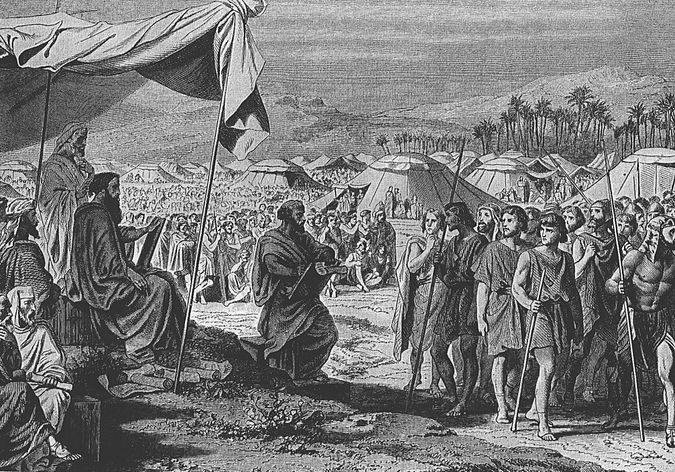
603,550 men of draftable age
Originally a family consisting of seventy souls descended to Egypt, and after only two hundred and ten years a large and powerful nation emerged: “All their counting were six hundred and three thousand, five hundred and fifty.” All those counted in the census between the ages of twenty and sixty ultimately died in the desert because of the sin of the spies. Only two, Yehoshua and Kaleiv, survived to enter Eretz Israel, and of these two, Yehoshua succeeded Mosheh as the leader of K’lal Israel.
In the desert
“וידבר ה’ אל משה במדבר סיני”
“And G‑d spoke to Mosheh in the Wilderness of Sinai.” (1:1)
Bamidbar means “in the desert”. Why was the Torah given to the Jewish people in the desert? an abandoned, empty lifeless, dangerous place, that has no designated owner? The giving of Torah in the desert teaches us that Torah observance is not limited to any specific location. The desert is a free place for all and belongs to everyone. Similarly The Torah is the inheritance of every Jew. If a desert, of all places, can be transformed into a hub of life, we can also learn and be inspired to transcends all obstacles that may arise. In the desert they obtained the manna in the merit of Mosheh, the pillar of the clouds, which miraculously protected, cleaned their clothing, in the merit of Aharon, and water in the merit of Miriam (Ta’anit 9a). This serves as a moral lesson for us; when study Torah and rely on G-d, He will then provide all that is needed materially and spiritually. The word “bamidbar” במדבר can also be read as two words “bam deeber” “in them you should talk”. In the Gemara (Yoma 19b), This idea appears as a commentary on the words “Vedibarta bam,” “Speak of them.”
Bilaam
The Gemara (Zevachim 116b) relates that, when G-d gave the Torah to the Jewish people, His mighty voice was heard throughout the entire world and all the kings were gripped with fear. They gathered around the prophet Bilaam and asked, “What is the meaning of this mighty roar? Perhaps there is another flood coming to the world!” Bilaam replied that G-d had a valuable treasure which he had safeguarded for 974 generations before creation and was now giving it to His children, as stated in the verse “G‑d will give might (Torah) to His nation”. Immediately they all responded “G‑d will bless His nation with peace.” (Psalms 29:11)
The Book of Numbers
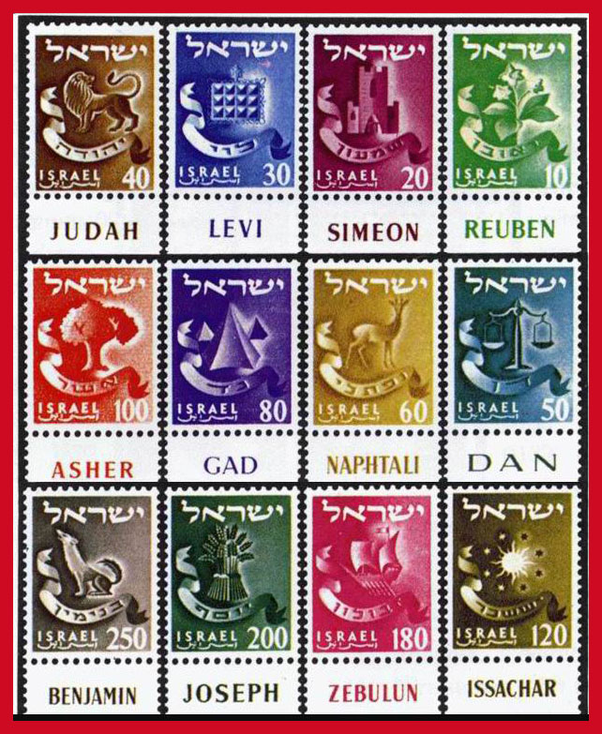
In English, the book of BaMidbar, is called Numbers, as it begins with God’s instructions to Mosheh to count the Jewish people. Rashi notes that this is the third count of the Israelites since the Exodus. The first was at the time of the Exodus itself (Exodus 32:28). The second was after the sin of the golden calf (Exodus 38:26) to ascertain the number of survivors. This census preceded God’s resting His Shekhina in the camp of Israel after the completion of the Tabernacle. Citing the Midrash, Rashi comments that it is out of His love for Israel that God counts them so frequently.
In the Sinai Desert, G‑d says to conduct a census of the twelve tribes of Israel. Mosheh counts 603,550 men of draftable age (20 to 60 years); the tribe of Levi, numbering 22,300 males age 30 days and older, is counted separately. The Levites are to serve in the Sanctuary. They replace the firstborn, whose number they approximated, since they were disqualified when they participated in the worshiping of the Golden Calf. The 273 firstborn who lacked a Levite to replace them had to pay a five-shekel “ransom” to redeem themselves.
The Levites
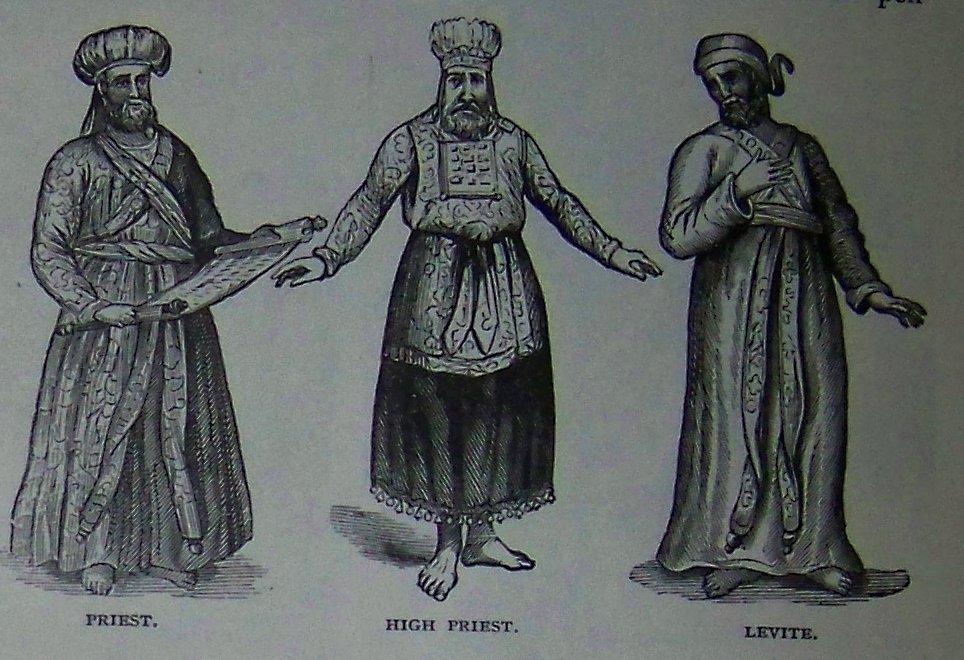
ואתה הפקד את הלוים על משכן העדת ועל כל כליו ועל כל אשר לו המה ישאו את המשכן ואת כל כליו והם ישרתהו”
“You shall appoint the Levites over the Tabernacle of Testimony, over all its vessels and everything that belongs to it. They shall carry the Tabernacle and all its vessels and they shall minister to it.” (1:50)
According to halachah (Rambam, K’lei Hamikdash 3:7-8) a Levite cannot enter into the service until he has completed five years of training, and when he reaches the age of fifty, he is no longer qualified to transport the vessels of the Sanctuary. In the word ‘heimah’ the extra “ה”, which has the numerical value of five, alludes to the five years of training and apprenticeship required before a Levite can assume a position of service in the Mishkan.
The Torah instruction that “From fifty years of age he shall withdraw from the legion of work and no longer work” (8:25) means only that he is forbidden to bear the Mishkan and its vessels on his shoulders, but he continues to perform the rest of the Levitical service, such as closing the Temple gates, loading the wagons, and singing ( Rashi and Rambam).
The twelve tribes
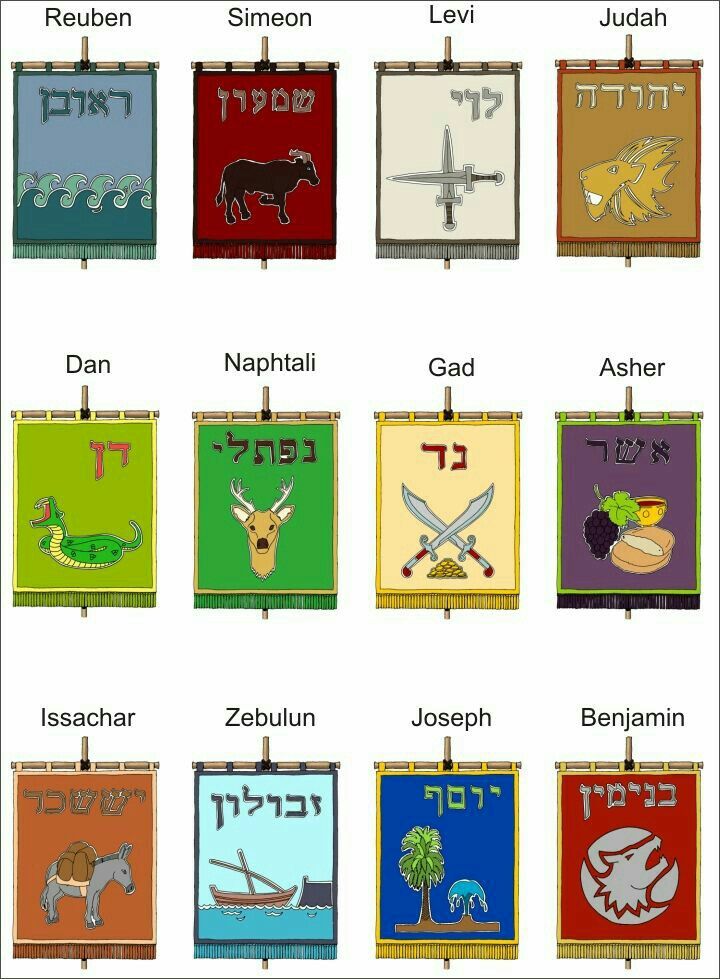
In Parshat Bamidbar we are told that that the 12 Tribes of Israel, as they traveled through the desert from Egypt to Israel, were arranged in a specific order, distinguished by four flags. Beyond the Levite circle, the twelve tribes camped in four groups of three tribes each. To the east were Judah (pop. 74,600), Issachar (54,400) and Zebulun (57,400); to the south, Reuben (46,500), Simeon (59,300) and Gad (45,650); to the west, Ephraim (40,500), Manasseh (32,200) and Benjamin (35,400); and to the north, Dan (62,700), Asher (41,500) and Naphtali (53,400). This formation was kept also while traveling. Each tribe had its own nassi (president or leader), and its own flag with its tribal color and emblem.
Individuals versus a community
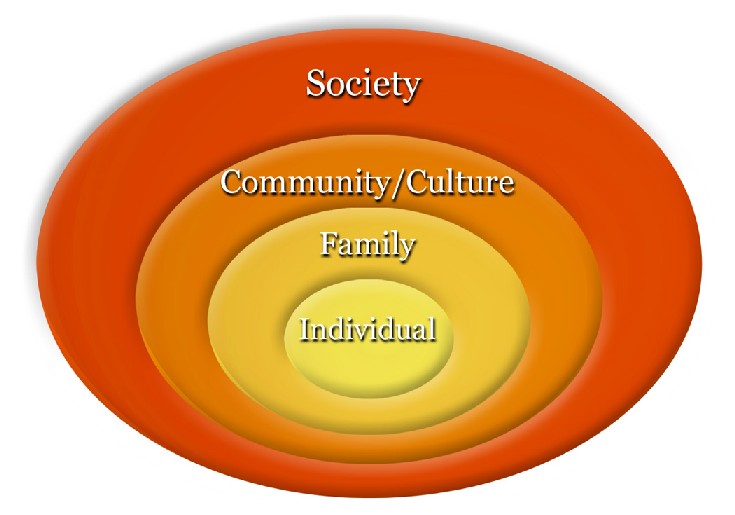
The Sforno comments on this divinely ordered counting of the Jewish people, and compares it to the one that takes place later, towards the end of the book (Bamidbar: 26:2). He points out that the counting in our parshah included each and every Israelite by name, recognizing individual personalities and qualities. The Ramban (Nachmanides) elaborates, and tells us that each Jew was personally met and spoken to by Mosheh and Aharon.
The later counting, which occurs at the end of the forty years of wandering in the desert, (as a punishment for the spies’ sin, refusing to enter the Land of Israel), is a more general, impersonal, census, in which not everyone is called by name. This, the Sforno says, is the result of the Israelites having been diminished by the sin of the spies. It is as if they are no longer the great, inspired individuals they were at the time of the exodus and the giving of the Torah; they have been reduced, by the sin of their lack of faith, to a regular nation, a basically faceless group of un-individuated components.
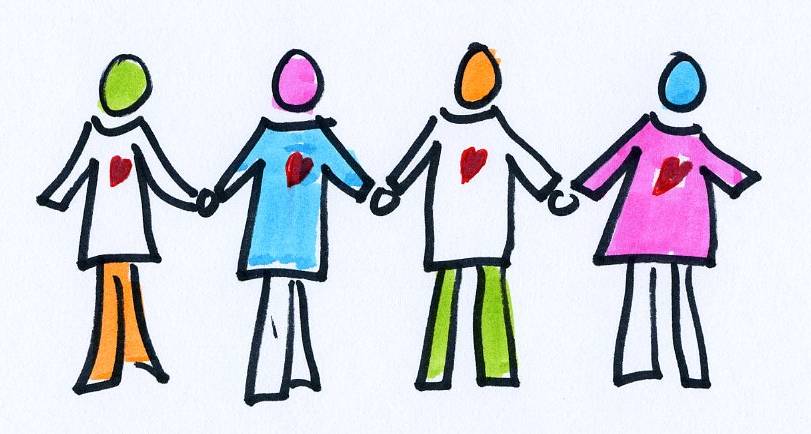
What makes a good community ?
Wikipedia definition of a community “A community is a social unit (a group of living things) with commonality such as norms, religion, values, customs, or identity.” A community, a nation, is strongest when it is made up of diverse, recognizably different individuals, who are treated and respected as such. A good community will have empowered people who have the best interests of everyone at heart, and who are selfless in pushing for improved community facilities and public services for their area. A good community will be a happy place where children are collectively looked after and older people are valued for their leadership potential. May we all strive to make our communities and the world a happier place where our children are collectively looked after and older people are highly valued. Amen. Kol Tuv.

The 613 Mitzvot
In The Torah there are 613 commandments, mitzvot, also known as the Law of Moses (תרי״ג מצוות, taryag mitzvot). The 613 mitzvot are first recorded in the 3rd century CE, when Rabbi Simlai mentioned it in a sermon that is recorded in Talmud Makkot 23b.
The 613 commandments include 248 “positive commandments”, to perform an act (mitzvot aseh), and 365 “negative commandments”, to abstain from certain acts (mitzvot lo taaseh). The negative commandments number 365, which coincides with the number of days in the solar year, and the positive commandments number 248, a number ascribed to the number of bones and main organs in the human body.
Though the number 613 is mentioned in the Talmud, its real significance increased in later medieval rabbinic literature, including many works listing or arranged by the mitzvot. The most famous of these was an enumeration of the 613 commandments by Maimonides, The Rambam.
Many of the mitzvot cannot be observed now, following the destruction of the Second Temple, although they still retain religious significance. According to one standard reckoning, there are 77 positive and 194 negative commandments that can be observed today, of which there are 26 commands that apply only within the Land of Israel. Furthermore, there are some time-related commandments from which women are exempt (examples include shofar, sukkah, lulav, tzitzit and tefillin). Some depend on the special status of a person in Judaism (such as kohanim), while others apply only to men or only to women.
according to Rambam Organized by Parshah. based on Wikipedia and http://www.vaadrv.org/rambam613mitzvot.asp ONE BIG IMPORTANT NOTE WHEN USING THIS LISTING: This listing is not all inclusive. Rambam may site multiple sources for a mitzvah is his works but this list currently only gives one source for each mitzvah.

Check out YedidYah Psalm 96 “Yiram Hayam” Music by Rabbi Yakira Yedidia https://youtu.be/aTBD4i9nvXw
The Priestly Blessing
יְבָרֶכְךָ יהוה, וְיִשְׁמְרֶךָ- May the LORD bless you and guard you
יָאֵר יהוה פָּנָיו אֵלֶיךָ, וִיחֻנֶּךָּ -May the LORD make His face shed light upon you and be gracious unto you
יִשָּׂא יהוה פָּנָיו אֵלֶיךָ, וְיָשֵׂם לְךָ שָׁלוֹם- May the LORD lift up His face unto you and give you peace
Check out YedidYah “The Priestly Blessing” Birkat Hakohanim. Music by Rabbi Yakira Yedidia https://youtu.be/YNE11QdEMN0
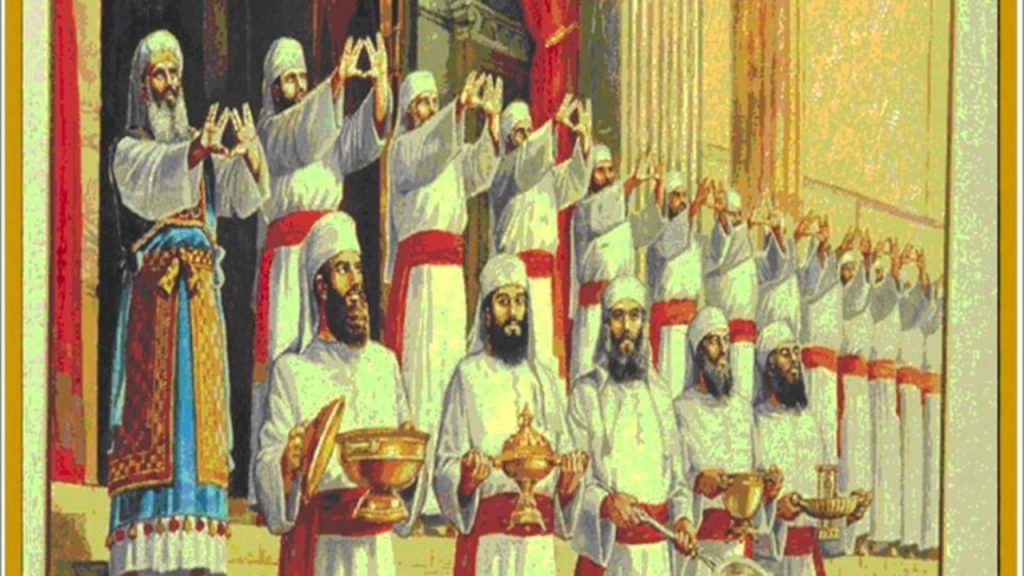
This blog article was inspired by chabbad.org, Sefaria.org, Wikipedia.org

